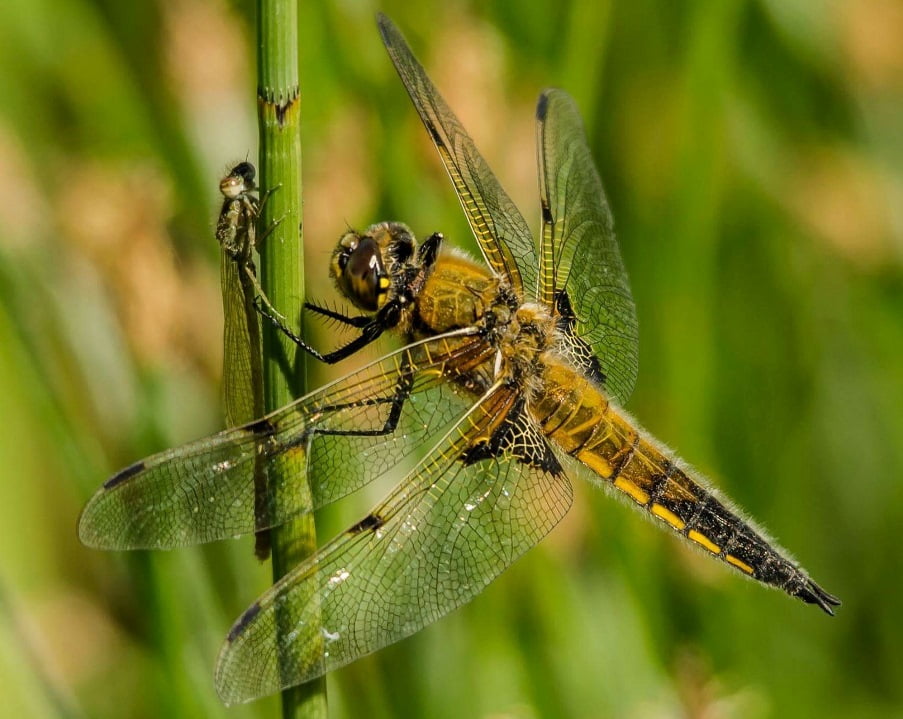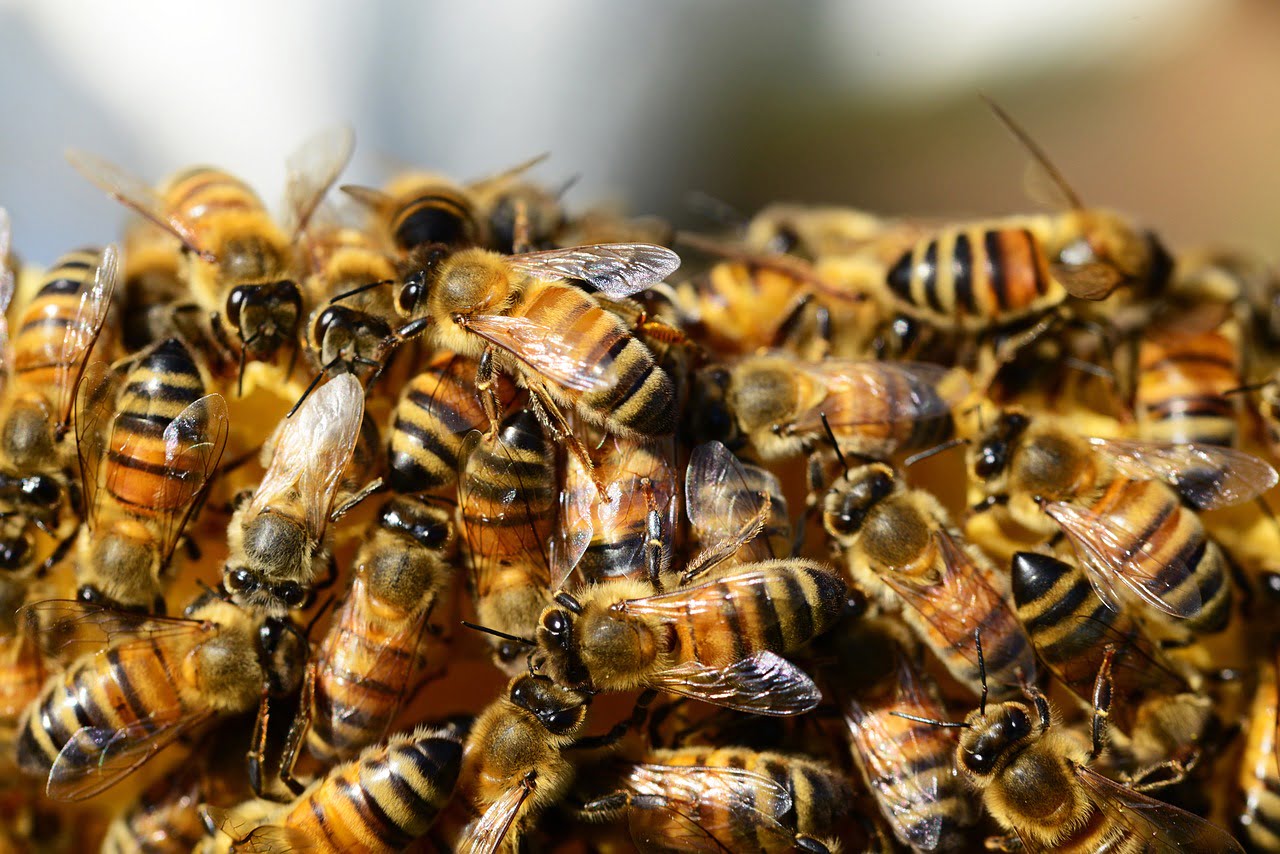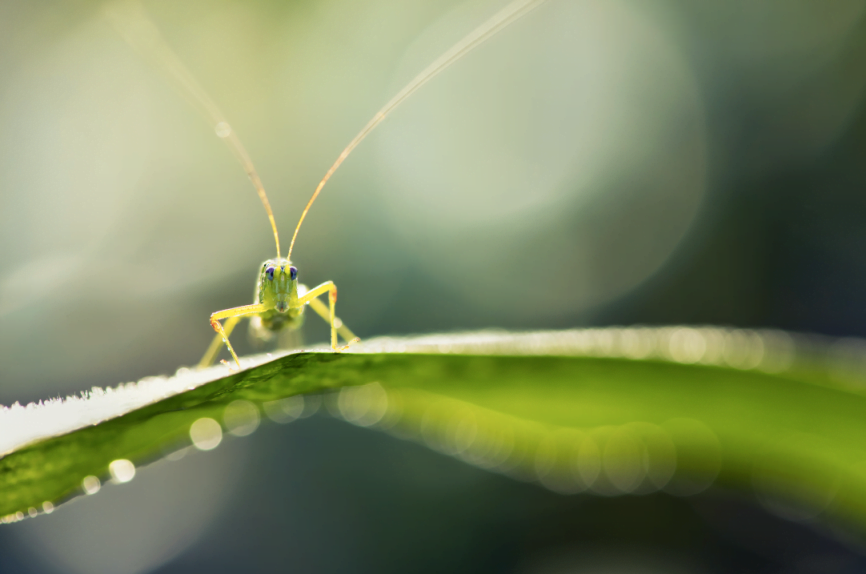In J.D. Salinger’s seminal novel The Catcher in the Rye, protagonist Holden Caulfield asks where the ducks go when the lake freezes over.
We know many kinds of birds migrate south in the winter, toward warmer areas of the world. Some ducks do, too. But where do insects go?
Little is known about insect migration. But a new Israeli study done over 15 years has found that their massive exodus has more impact on our planet than that of bird migration.
In fact, this is the largest biomass movement on the planet: Roughly 3.5 trillion insects fly over southern England each year, the researchers say, and stress that this migration is important to study in light of global warming.
“This bug movement constitutes the largest migration found in today’s world, creating a mass that is almost eight times that of birds that migrate from Britain to Africa,” University of Haifa researchers say.
The migration of insects – even more than that of the birds that migrate from Britain to Africa – has “significant ecological ramifications,” says Dr. Nir Sapir, who led the study that was published in the prestigious journal ‘Science’. Since insects are highly sensitive to climate change, this could lead to “dramatic changes in the population of migrating insects, causing important environmental changes.”
Although flying insects constitute one of the largest populations on the planet, this is one of the first comprehensive studies that examines the phenomenon of insect migration. Until now, researchers assumed that many insect populations migrate, but according to the Israeli researchers, did not know which insects do so; or when; or what the scope of migration is.
SEE ALSO: Haifa Researchers Able To Control Insects’ Movements
In order to collect data, a team of Israeli and international scientists installed radars 15 years ago in southern England. Data from these radars were used to estimate insect bio-flow over an area of 70,000 square kilometers. The radars measured the weight of the insects, their flight speed and their direction and height. For very small insects that weigh less than 10 mg and are not picked up by the radar, special nets were used to catch samples in the air. Between 2000 and 2009, data were collected for insects flying at a height of over 150 meters above.
The findings clearly showed a southward movement of these insect populations in the fall, and a northward movement in the spring. Some 3.5 trillion insects, creating a biomass of 3,200 tons, migrated in each season.
The study did not examine the starting points and destinations of each insect population, but the researchers believe that this migration takes place over distances of at least several hundred kilometers.
“Since there is evidence that this migration also takes place over the sea, and since Great Britain is an island, these insects must have come to Britain in the spring, and at least some of them must reach continental Europe in the fall,” Sapir explains.
Sign up for our free weekly newsletter
SubscribeHitching a ride on the wind
Insects use the wind in order to reach their destination, choosing to “hitch a ride” on specific wind flows. The insects exploited the southerly winds in spring and the northerly winds in the fall. “Insects make conscious use of navigation capabilities in order to reach their destinations using these winds,” Sapir says. The larger insects even combined their natural flight speed with the wind in order to reach a speed of up to 58 kilometers per hour during the migration seasons.
These findings have ramifications for many ecosystems. In most cases, insects’ bodies include 10 percent nitrogen and one percent phosphorus. This makes them excellent fertilizer for plants and crops and nutritious food for insect eaters, such as birds, bats, and other animals.
SEE ALSO: Intel Tech Puts Backpacks On Bees To Track World Bee Collapse
In addition, insects also pollinate, constitute crop pests, as well as kill some other pest insects, transfer diseases and parasites, and play other functions.
“Such a large biomass has tremendous importance for the functioning of diverse ecosystems across large parts of the globe, and for other aspects of our daily lives,” Sapir explains. “Cycles of nitrogen and phosphorus in nature are extremely significant, particularly since these chemicals form a limited component in the food chain. This massive movement of insects transports these vital materials across enormous distances.”
Bug invasion
Since more insects are born in warmer summers, global warming could increase their numbers significantly. Sapir says: “An increase in the number of some insects could be harmful, while in other cases it could actually be beneficial. It’s too soon to tell whether this change should be welcomed. But what is certain is that this is the largest and most influential continental migration in the world, as far as we know to date. We need to start monitoring it carefully.”
The study was conducted by the University of Haifa, Nanjing Agricultural University, the University of Exeter, the Hebrew University of Jerusalem, the University of Greenwich, and Rothamsted Research.
Photos: Waugsberg, Michael Beattie
Related posts

Resilient And Nutritious New Plant-Based Milk Aims To Make A Splash

Chocolate From Cultivated Cocoa Comes Without Environmental Toll

Plastic Fantastic: Startup Takes PVC Back To Its Crude Oil Roots








Facebook comments